February 19, 2016
RIBA consults on the future use of its landmark Art Deco HQ building 0
 The Royal Institute of British Architects (RIBA) has launched an open consultation on the future use of its landmark Art Deco HQ building in central London. The first part of the consultation strategy is an online survey, to be followed by focus group sessions to gather more detail. RIBA Client Advisor, Sarah Williams said: “This survey is the start of a detailed process which will include defining the role that 66 Portland Place plays in the RIBA’s long term vision and values. Our detailed consultation will gather views and ideas from our members, staff and other users of the building including visitors, neighbours, meeting room clients, cultural partners, sponsors and patrons.I encourage everyone to participate to help us shape the use of this important building for the next 80 years.” Click here to participate in the survey and learn more about the consultation for 66 Portland Place.
The Royal Institute of British Architects (RIBA) has launched an open consultation on the future use of its landmark Art Deco HQ building in central London. The first part of the consultation strategy is an online survey, to be followed by focus group sessions to gather more detail. RIBA Client Advisor, Sarah Williams said: “This survey is the start of a detailed process which will include defining the role that 66 Portland Place plays in the RIBA’s long term vision and values. Our detailed consultation will gather views and ideas from our members, staff and other users of the building including visitors, neighbours, meeting room clients, cultural partners, sponsors and patrons.I encourage everyone to participate to help us shape the use of this important building for the next 80 years.” Click here to participate in the survey and learn more about the consultation for 66 Portland Place.







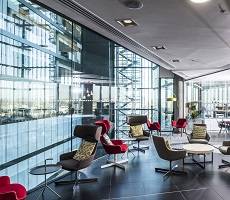
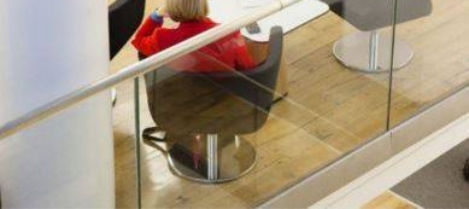
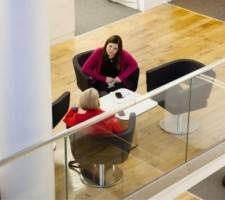




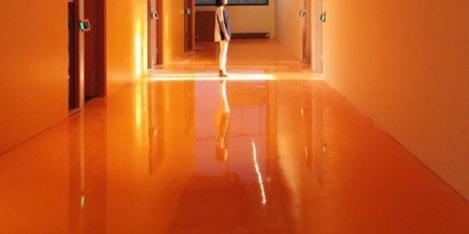



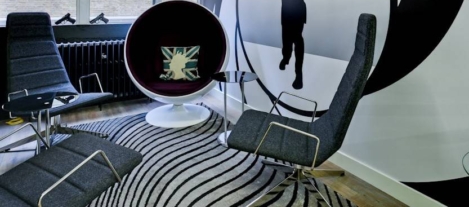















February 5, 2016
Employers believe Millennials are the most demanding workers 0
by Sara Bean • Comment, News, Wellbeing, Workplace
(more…)